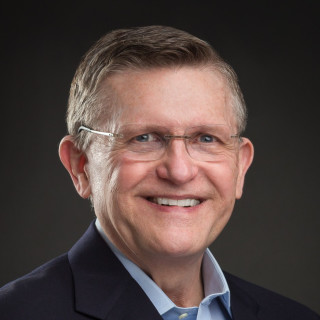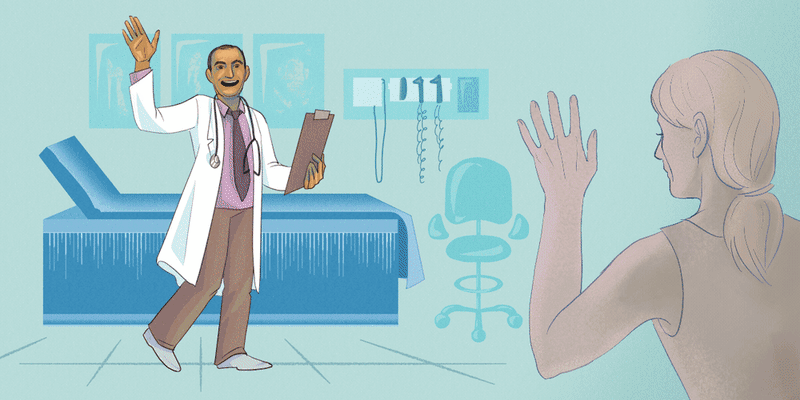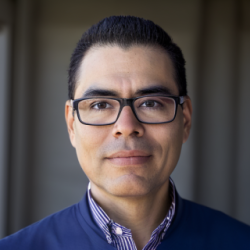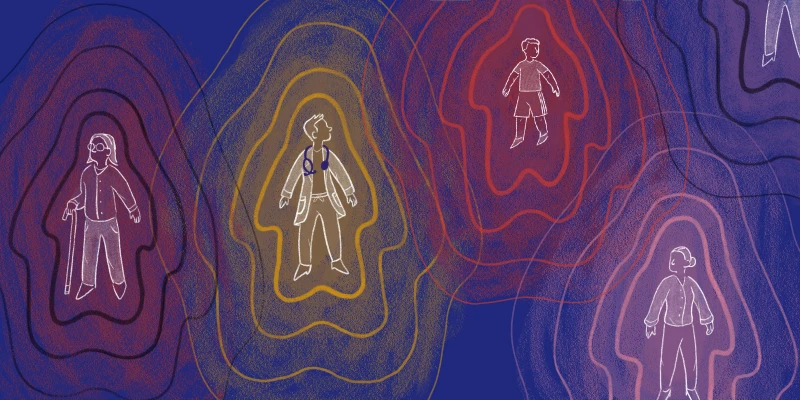In today’s society, information on “mental health” is everywhere on social media and in workplace wellness seminars. And yet, the parameters are often shallow — think mental hygiene, like diet, sleep, and healthy boundaries — which means that true mental illness remains just as underdiscussed as ever. I’d even go so far as to say that the overarching focus on mental health is deemphasizing our awareness of and sensitivity to mental illness.
As a psychiatrist, I’ve identified one primary reason for this predicament: the self-other divide in conceptualizing mental ill-health. When we, like our patients, think about mental health, we see ourselves seeking mental hygiene and wellness, focusing on exercise, sleep, diet, mindfulness, healthy boundaries, and occasional days off. When we think of mental illness, though, studies show that 3/4 of us think this only happens to others in situations different from our own.
This self/non-self-dichotomy is evidenced by recent surveys showing that 86% of the U.S. population associates mental illness with stigma, 55% views mental illness as different from physical illness, 39% views people with mental illness differently, and 33% fears them. Even among mental health professionals, who have an overall more accepting view of those with mental illness, strong stereotypes can sometimes persist, along with a fear of harm and desire for personal distance from those who live with these conditions.
And yet, there is a 46% lifetime incidence of mental illness in the U.S. and worldwide. Almost half of us will personally experience mental illness at some point in our lives. Almost a quarter of us experience mental illness each year (23.2%). Mental illness is not a distant problem afflicting a few others we seldom encounter; it is endemic to human beings. When we think of mental illness and disorders we must think of self as much as non-self, and more fully address our own mental health by honestly accepting that, at times, we ourselves may need professional help with symptoms or dysfunction. Rather than focusing only on wellness goals, we must admit when features of our professional and social lives are not improving with these efforts, and seek objective professional evaluation to learn whether they align with diagnosable and treatable disorders.
Across the world, our most common mental health problem is anxiety, experienced either as a symptom or as a disorder. Untreated anxiety often leads not only to substance use or misuse, depressed mood, and suicide, but also contributes to endocrinological, neurological, cardiovascular, gastrointestinal, respiratory, and immunological disorders. This high prevalence of anxiety among U.S. adults (44%) is followed closely by mood disorders, which can also have a bidirectional effect on non-psychiatric medical illnesses, many of which often present initially, primarily, or even exclusively with mental health symptoms. A recent study in a U.S. medical center found almost half of clinicians to have diagnosable depression, a risk factor for suicide (as well as medical error).
Rather than distancing ourselves from mental illness, we must accept that we are all human, that humans have a propensity toward mental health problems, and that thinking about our mental well-being only in terms of hygiene and wellness could lead us to ignore more pressing symptoms down the road. While it’s certainly important to eat well, exercise, etc., it’s also crucial to recognize that we are not invincible by virtue of being physicians. In fact, compared to the general population, we have a higher suicide rate — which is linked to our lower utilization rate of available mental health treatments. Men in medicine have an odds ratio of 1.41 for suicide, and women an even higher 2.27.
Even though the experiences of stress and burnout, and the symptoms and diagnoses of depression are reported at high levels in our profession, multiple forces conspire to prevent the many physicians experiencing such problems from seeking appropriate and often lifesaving care. Stigma, fear of isolation and rejection, and professional consequences in licensing and privileging are common reasons physicians access mental health care at a lower rate than the general U.S. population. Though the prevalence of mental health diagnoses among U.S. physicians matches that of the general population, fewer of those practitioners who ended their own lives were getting treatment for these than their non-medical peers.
New initiatives by The American Foundation for Suicide Prevention and the Dr. Lorna Breen Heroes’ Foundation include advocacy efforts and legislation to support physician mental health, seeking to eliminate questions about mental health treatment from licensing boards and health care institutions that influence many affected professionals away from identifying their need for and seeking help.
We cannot expect to provide quality medical care to our patients, share quality time with our families and friends, or experience a satisfying career and life when we continue to suffer from common, yet undiagnosed and untreated, mental illnesses. While wellness and lifestyle interventions are essential elements of treatment, we cannot always expect these solutions to adequately address all problems on their own; each situation must be evaluated individually and professionally. In changing our view of mental disorders to self from non-self at all levels in our profession, we can not only challenge the stigma against mental illness, but get the indicated help we need to survive, be available to our loved ones, and continue to help others.
What strategies should the medical field put in place to reduce stigma against mental illness? Share your ideas in the comments.
Dr. Putman is the author of Rational Psychopharmacology: A Book of Clinical Skills and Encountering Treatment Resistance: Solutions Through Reconceptualization. He blogs at drpaulputman.com. Dr. Putman is a 2024–2025 Doximity Op-Med Fellow.
Image by Jorm Sangsorn / Getty







